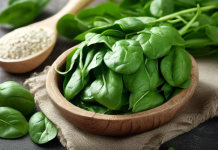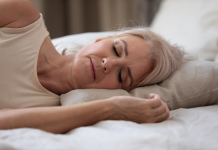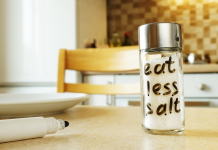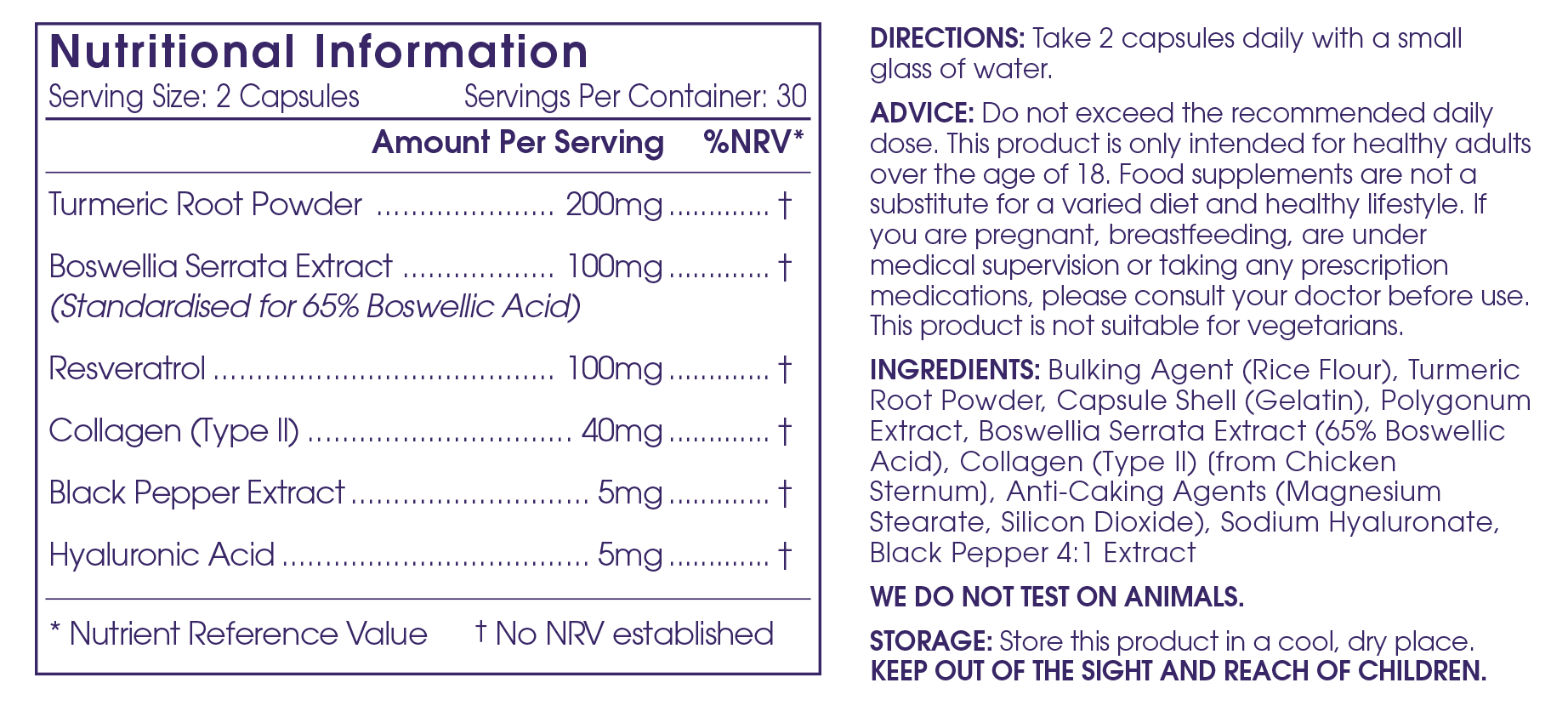Joints are strong connections that join your bones and cartilage of the body to one another. Each joint is specialized in its shape and structural components to control the range of motion between the parts that it connects. Accidents or many other reasons, can cause joint pain consisting of soreness, aches, and tenderness. Joint pain affects many people, but it does not require any severe treatment or hospital visit. In this article, we are going to discuss ways to avert joint pain.
- 15 ways to prevent joint pain:
- 1. Maintain a healthy weight:
- 2. Take care of your joints:
- 3. Take vitamins for bones and joints:
- 4. Never ignore the minor pain:
- 5. Consult a doctor if joint pain runs in your family:
- 6. Add exercise to your routine:
- 7. Be cautious when lifting heavy items:
- 8. Limit wearing high heels:
- 9. Avoid putting excessive stress on joints:
- 10. Take care of your joints in cold weather:
- 11. Consult a doctor if you injure your joints:
- 12. Ice therapy
- 13. Hydrotherapy
- 14. Medications to Avert Joint Pain
- 15. Physical therapy
- Wrapping Up

15 ways to prevent joint pain:
1. Maintain a healthy weight:
Excess body fat is the leading cause of many health problems. It also adds unnecessary stress on joints, especially the knees. Exercising in water can aid in removing added stress and weight to the joints and avert soreness.
2. Take care of your joints:
Harmful positioning during your day to day exercises adds more stress to harmed joints, which may lead to additional pain. By standing up straight as opposed to slouching, you can ensure the joints in your neck, back, hips, and knees are not under additional tension. Likewise, utilize the best possible procedure while lifting. On the off chance that any action causes pain, stop doing it immediately.
3. Take vitamins for bones and joints:
The deficiency of vitamin D can be a significant reason for joint pain. It is suggested to those over the age of 30 to take the necessary vitamins regularly to prevent joint pain. There is Vitamin Level Testing which can tell you exactly what you are deficient in.
4. Never ignore the minor pain:
If you have joint pain during the winter, when completing everyday tasks, or due to any accident, do not try to ignore it. This could, in time, further harm your joints. Taking relief medication will not cure the pain, so it is recommended to consult your physician or doctor. Minor issues can create significant problems if not treated or cared for early on.
5. Consult a doctor if joint pain runs in your family:
Many people have joint pain due to a lack of nutrients, but some are genetically prone to it. For such people, it is recommended to take precautions in the early stages of life, even if joint pain is not present yet. Consult a doctor for further details.
6. Add exercise to your routine:
Exercising daily helps keep your joints healthy and strong. As long as joints are not being strained, daily movements and routine exercise will help keep joints flexible.
*As with any exercise, you should always consult your physician.
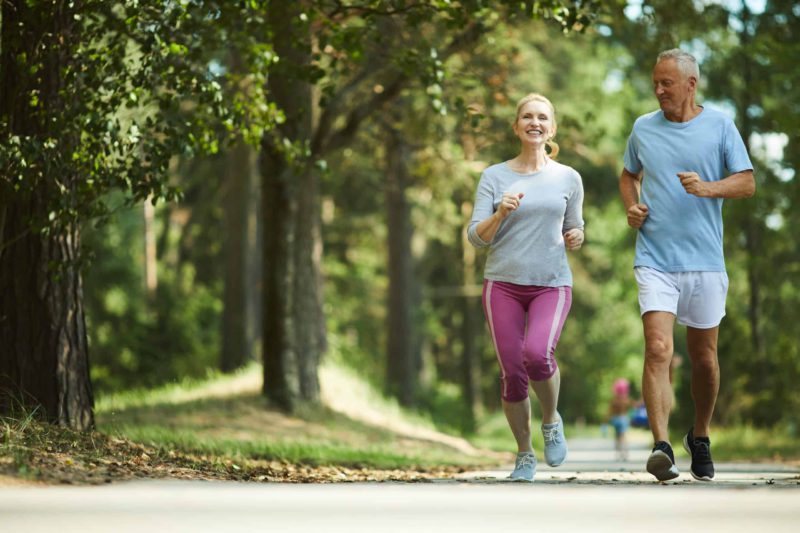
7. Be cautious when lifting heavy items:
Joint pain is more common in females. They should not lift heavy items they cannot easily pick up, because over time this could strain and injure the joints. Many women start to feel joint pain around age 40, sometimes because of a poor diet or vitamin deficiencies, which can contribute to joint pain.
8. Limit wearing high heels:
Females should limit wearing high heels, because overtime the calf and back muscles can shorten in length. This can lead to unnecessary pain, because the foot is meant to be flat and not extended for long periods of time.
9. Avoid putting excessive stress on joints:
Joints support the body, so it is essential to never put too much pressure on them. Whether it is reducing the amount of weight you are lifting or working out in water instead of on land, slight adjustments over time can help relieve and avert joint pain.
10. Take care of your joints in cold weather:
Those who have joint pain understand how much the cold weather can have an effect on them. Stretching and warming up your joints prior to going into the cold can help ease the shock of the cold weather and pain. Support your joints by wearing appropriate shoes that are comfortable, especially for long periods of time.
11. Consult a doctor if you injure your joints:
Some of the joint pain you might experience can be caused by an accident or an injury to the joint. If you continuously have severe or dull joint pain, do not neglect it. Neglecting joint pain can lead to further irreparable damage.
12. Ice therapy
When you experience severe joint pain, apply an ice pack on the inflamed area for 20 minutes and allow at least 1 hour off before icing again. Continue again the following day if the soreness persists. This procedure is fundamental for joint pain. Keep in mind, to not damage the skin, do not put the ice directly on the skin, and instead wrap it with a towel or washcloth.
13. Hydrotherapy
Warm water will ease pressure on joints and muscles. A warm shower can do wonders for reducing joint pain in your knees and hips. Activating the bloodstream with warm water can relieve soreness.
14. Medications to Avert Joint Pain
There are specific prescriptions, such as ibuprofen, that are extraordinary for relief from joint pain. Muscle relaxants and non-steroidal calming medications can help with diminishing pain. We recommend JointFuel360 because it has all-natural ingredients.
15. Physical therapy
You can also partake in different treatments, such as massage or acupuncture. A physical therapist has practical experience in human development and can also help you significantly with alleviating your joint discomfort.
Wrapping Up
Don’t wait until joint pain sets in. You can implement strategies for health and wellness over the long term. An active lifestyle, combined with a healthy diet and quality health supplements is a great way to help you keep moving!
* These statements have not been approved by the Food and Drug Administration. This product is not intended to diagnose, treat, cure, or prevent any disease.
SOURCES:
https://www.betterhealth.vic.gov.au/health/conditionsandtreatments/ageing-muscles-bones-and-joints
https://orthoinfo.aaos.org/en/staying-healthy/effects-of-aging/
https://www.healthline.com/health/osteoarthritis/understanding-aging-and-joints
https://health.clevelandclinic.org/5-best-ways-to-safeguard-your-joints-as-you-age/
https://www.healthline.com/health/improving-mobility-in-old-age
https://hcamidwest.com/blog/entry/aging-bone-joints
https://www.mayoclinic.org/healthy-lifestyle/fitness/in-depth/what-it-takes-to-be-agile-at-any-age/art-20390071
https://www.mountsinai.org/health-library/special-topic/aging-changes-in-the-bones-muscles-joints
https://www.webmd.com/pain-management/features/common-pains-of-age
https://www.bannerhealth.com/staying-well/expert/joint-pain-aging
https://www.physio-pedia.com/Effects_of_Ageing_on_Joints
https://orthoinfo.aaos.org/en/staying-healthy/smoking-and-musculoskeletal-health


